Srivathsan Nadadhur
Simplicity is an underrated virtue in film journalism and the show business where tempers flare up, reactions are extreme and subjective. Only a few journalists manage to tap into the core of film personalities and come up with something personal, sensitive, sensible that appeals to the average reader and that’s still not frivolous. Bhawana Somaaya, in her career as a film journalist for over 42 years, is revered for the same reason among media fraternity and the film industry alike – for capturing the enigma of the industry through her words, books and work across multiple media forms, being understated and not going bombastic about it.
Associating with some of the biggest media brands in the country including The Hindu, Screen, Hindustan Times, Free Press Journal over the years, she has earned the respect that a film journalist more often deserves but very rarely gets. The Padmashri she had earned in 2017 was a recognition for her contribution to film journalism but was also a victory for an area of work that’s often dismissed as trivial by many. Klapboardpost.com takes you through the eventful journey of Bhawana Somaaya in this interview.
On being a film journalist for four decades and giving current day journalists a run for their money
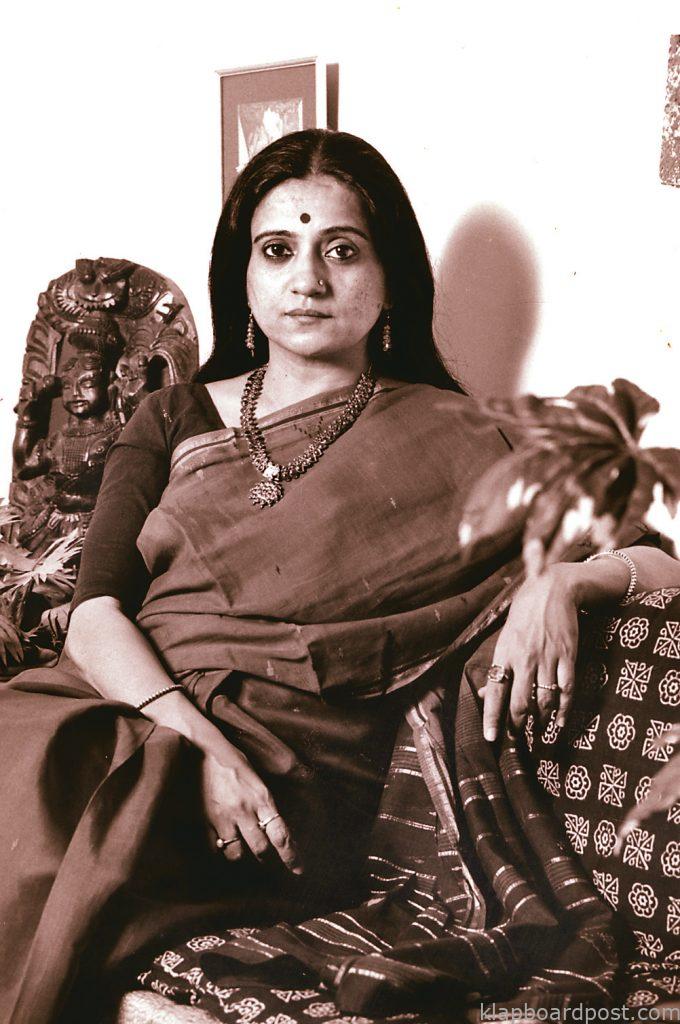
Neither did I get into journalism for any goal nor did it happen out of passion. There were no journalists in my family circle, friends or anybody in even remote surroundings. My father was a service man, mom was a homemaker, my older siblings were into medical, social work. I was not an avid reader of magazines at all. My taste in reading was determined by my older siblings – they bought magazines or books that they had considered worthy and readable, be it Enid Blyton as a child or Daphne du Maurier when I was older. I had a school friend who was a big fan of Stardust and read the articles out to me, but I wasn’t enamoured at all. Movie watching was a part of my DNA, because both of my parents loved movies and were very generous in taking us to the movie theatres once a week. We were taken for a movie every week on Thursday (it was a holiday for us). They never took us out without reading the film review.
The first brush with journalism
When I was writing for my college magazine, one of the girls/guys in the college came to me informing me about an opening for a writer in a soon-to-be-launched magazine and that they were considering college students for it. The magazine functioned from a garage close to the college compound and I would go there after my college schedule for an hour and a half. He paid me Rs 100 and I still wasn’t taking it seriously. My worry was about, ‘what would I do with the money?’. We had enough money to travel by the bus/train and to eat a samosa or a battata wada and we were happy and never wanted anything more.
Sometime later, when I was still in the first year of college, there was a newspaper ad where a media house was looking for college students with a flair for writing. The interview was at the Taj Hotel. I had just gone for the adventure and the excitement of attending it, I was surprised to see a huge crowd and several senior journalists were there to organise one-to-one interviews. I had to come up with ten questions I would like to ask my favourite star. Mine was Shashi Kapoor. They had also asked me to fantasise what his replies to the questions would be, to check my writing. I tried to do my bit, keeping in my mind the good looking, handsome man he was. After noticing it, they informed me that I was on-board. I was told that I would be a film journalist and I looked down upon the role then, the seniors were so angry with my response. I was so young and cheeky then that I wouldn’t give a damn whether they gave me a job or not.
There were regular calls from them on the landline as if I were the last talent in the country. My parents had just returned from a foreign trip and as they knew of this, their only response was a ‘no’. They were so persistent that my father agreed to test it out, get me to indulge with it for a brief while. The problem with the show business is that it’s very difficult to get through. If you have a breakthrough and you’re good, you can do nothing to get out of it. It is a one-way street.
One thing lead to the other, I went to the Cinema Journal that Rauf Ahmed had edited. I had joined the weekly and he gave me a column to write immediately, despite being a newcomer. It was a privileged slot in the publication and I was wondering how to find the addresses of the celebrities, meet them and ask questions. Rauf Ahmed later took me along with him for two other publications, Super and Movie. When he left Movie to go to Filmfare, the publisher made me an editor. It was a journey of being an editor for a long time, I moved onto ‘Ji’ before I got an opportunity at Screen. In between, I wrote columns for The Hindu, Pioneer, Sunday Observer, Hindustan Times. The journey towards book-writing was similar, one opportunity led to the other.
From detesting film journalism to learning the ropes in the show business
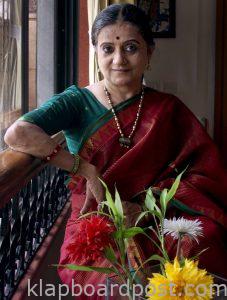
The discipline with which I was brought up helped me learn the ropes quickly. I was expected to do justice and attain mastery in whatever I took up. I liked movies and I liked writing but had not made a marriage of the two in my mind. The reason I survived is because, I liked both aspects and made the most of the opportunities that came my way. With movies, I liked the idea of storytelling. I have a different generation of older siblings, they were the ones to put me to sleep by telling stories and it led me towards imagining my versions of their stories in my head.
For a Nutan film at a theatre, when the lights were switched off and the story was unfolding in front of me, I remember asking my dad ‘why was she was looking at me and talking and singing on the screen?’ He had to explain to me that she was looking at the camera and not me. The fascination stayed and I have a good memory of the movies I was watching and remembered the scenes. In the foyers in the theatre halls, they were putting up working stills of the movie and they prompted me to imagine the film’s story and I was always curious to know if the versions matched. Of course, I was a child then and didn’t have the depth.
On swearing by a principle to not eat anything on film sets
I have never been associated with gossip journalism and sensational stuff all my career. Not because I wasn’t capable of it but it gives me acidity. I am not curious about the personal lives of the stars and had no interest at all. I was told by my editor to refrain from taking the hospitality of film personalities on sets. It was tough to stand by that because I was leaving home early, attending my lectures, tutorials, managing assignments, hopping from one station to another and taking a bus ride, going to the office of a film personality. I would always be hungry when I was young. Even when celebs asked me to join them for lunch, I used to tell them that I was happy with tea. I thought I was curbing my hunger pangs by not taking tea and refusing their favours. I was idealistic by not taking anything from them, but it wasn’t frankly a big deal to have food with the stars. Today, even they come by my home, it’s natural for me to offer a snack or tea. Itna khane me koi kam nahi ho jata hai..
Life as a film reporter
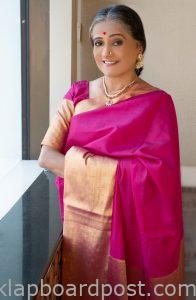
It was very easy moving on from set to set, people were very welcome, friendly. There was a lot of warmth and sharing. We genuinely respected them for the facts they had shared off the record and didn’t write about it. We only stuck to what was told on record. It was the norm of journalism then. No security guard ever stopped us at the studios. You strolled into the set, kept your distance till the shot was over and met the filmmaker or actor you were assigned to and also chatted with many other people who were a part of the film. Those were the days of multi-starrers. There was wide exposure and it gave me material for the magazines I wrote for. Most of the film journalists were women; now there are more men here.
Bollywood parties in the 70s and 80s
In the 70s, I barely attended parties because I had to stand by a few conditions from my parents – that I would not go for a party, travel out of town for any shooting and finish all my interviews before 6 pm so that I could return home by dusk. My editor used to make a lot of fun of me and would say ‘Hema Malini is attending a party with her mother. Bhawana Somaaya is asking if she could go to the party with her father.’ The parties in the 80s were quite glamorous and flamboyant but they had a proper reason for it, unlike today. They were mostly events, like the celebration of the success of a film’s music (or its release) or it was either a premiere. The music release was a big high, but you had to clap as they were distributing trophies, it used to get boring.
Toeing the thin line between being a journalist and friends with a film star
It’s easier to balance the thin line between being a friend and a journalist when you become the editor of a publication. When you become the editor, there are no boundaries; you only put what you want to and there’s nobody to question you. When you don’t reach that rung, you are not in an easy space when your friend-star is in the middle of a controversy or in the red with some story concerning them. One had to handle that correctly. In my case, it was plain ignorance. I had never associated with a magazine that published gossips. It’s all about your character at the end of the day, your value and your beliefs. I would not let down anybody whom I am associated with. If things didn’t work out, I just disconnect with them.
On films and reviews back then
I was not into reviewing in my early days. Film journalism was a lot more responsible those days though some people used to label it ‘yellow journalism’. Today, the film journalism we see on the papers and television, it’s not yellow but flaming red. We had very responsible editors who trained us and groomed us bit by bit. Initially, you were only sent to do ‘on-the-set’ stories. Depending on how you wrote the stories and observed, you would get more such opportunities. It was only later that we went onto do interviews and features that were to be weaved and crafted in a certain style.
We were told that we could do reviews only if we knew the cinema, the craft and be older. There were no reviewers in the 20s, 30s or even 40s. The reviews were held for print journalists in a mini-theatre called Blaze in Mumbai. Seniors were allocated specific seats with a light on the arm of the chair to make notes (like the censor board members). Sometimes, cub reporters were allowed to watch previews but we were strictly told to not disturb seniors. We didn’t mind sitting on the floor leaving the seats for them, didn’t have to review movies and were content having chai and samosas in the intervals.
Even as an editor, I couldn’t do reviews because I had several administrative responsibilities and I got to do reviews as late as 2007. In my early days too, filmmakers asked me to write reviews but I’m glad I reviewed films late in my career. If I started reviewing films that early, I would have been exhausted with it by now. I am happy I got the time to observe, converse with people and reviewed films at the right phases in my career. What disturbs me is that youngsters these days run and grab the last row in the preview shows, there’s no seniority and everybody is considered an equal because all get to review movies.
Difference between actors across generations
I think actors are the same in every generation. They don’t change. It’s technology and the mode of expression that changes. The celebs back then were as insecure and vulnerable as they are today; while being as talented and gifted too. All of them had their highs and lows and that’s what makes them so attractive. I believe artistes are lovely people to interact with, be it actors, writers or technicians, they are readymade jars of intensity. If there’s something burning inside you and you’re as intense, this kind of stimuli doesn’t come from any of your school group, college friends or peers.
A stint as a costume designer for Shabana Azmi
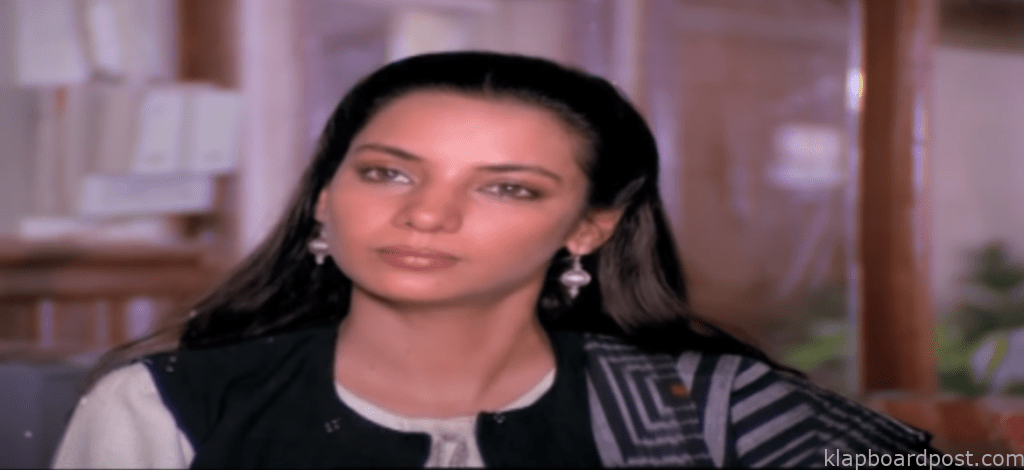
I was friends with Shabana Azmi and was very critical of her costumes, her hair and style. One day, in anger, she defied me and told ‘Since you’re so critical of me, why don’t you do my costumes for this film?’. It came out of a particular bun she had in a film and looked artificial. In Thodi Si Bewafaai, she was a homemaker and wore glass bangles through the film; housewives would never wear dozen bangles on their arms because they had to cook, wash utensils. From what I observed seeing my siblings, mother, they used to wear one glass bangle between gold bangles and that was about it. The excess of glass bangles looked embarrassing on-screen.
The first movie that I worked with her was Main Azaad Hoon and she played a columnist in it. I learnt from her that you need to model a character based on a real life personality, because it becomes easy to incorporate their traits in the character’s body language. We modelled Shabana in the film on the lines of Shobhaa De. In Aaj Ka MLA Ram Avtar, Shabana was a simple girl in living in a village in the first half while she becomes a CM’s wife in the latter. We decided that in the first half, her costumes and persona were to be modelled on my personality because I used to wear mix and matched blouses with handloom saris, had a plait and a bindi. The second half, we matched her persona with that of politician Shalini Tai Patil. Shalini Tai had a huge bindi, a charming persona, wore chanderi saris that are grand without being ostentatious.
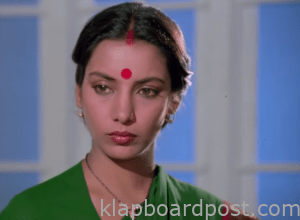
Shabana, usually, is very particular about the detailing of the costumes and jewellery, but the saris reached her only on the sets (of Aaj Ka MLA..). More than her, the director was blown away. He could not get over the fact that I packed two mangalsutras in the trunk box – one was a black beaded mangalsutra with the golden balls and the other one had a diamond locket in it. Any woman who becomes rich will first invest the money in her mangalsutra and he liked my attention to detail. These little touches came because I wasn’t a regular costume designer. I was a journalist first and I wanted to do styling only till I enjoyed it. However, I and Shabana were having regular fights and we used to make fun of the fact the equation would turn sour someday. It never did and we laugh over it now.
Equation with Amitabh Bachchan
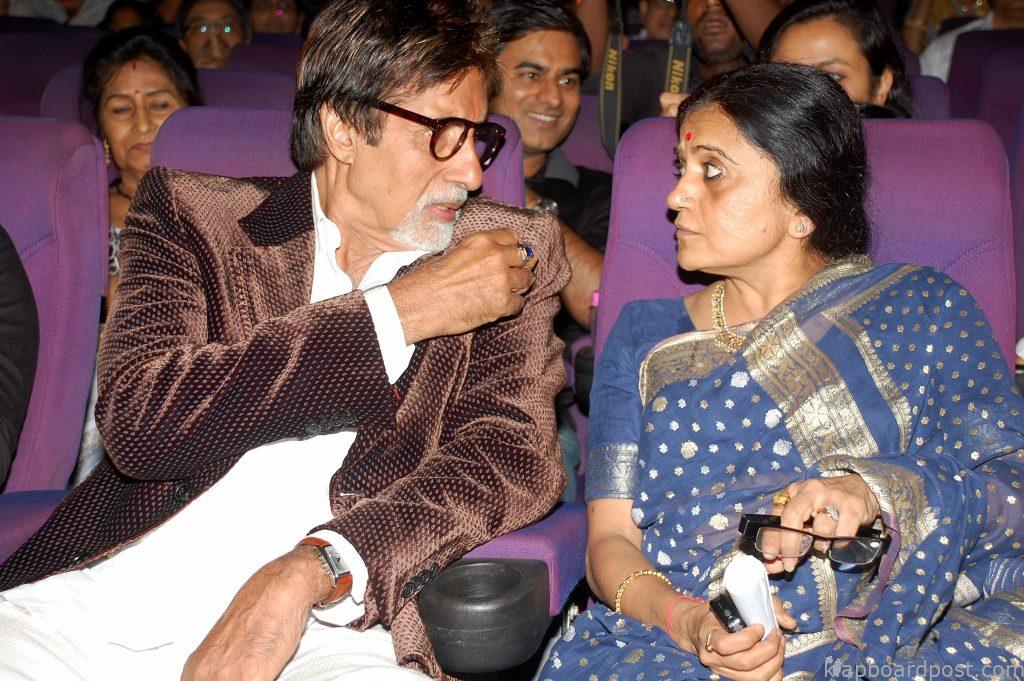
Amitabh Bachchan didn’t speak to the media for about a decade and a half. The first person whom he decided to speak after the long silence, was me. I have no idea why! I may have looked non-threatening and like a simple girl in a sari. I didn’t have to make an effort to win him over or get him to trust me. Lots of things were happening in his career then and he was a forbidden fruit for such a long time. It was exhilarating. The time he began opening up to the media coincided with the era of computerisation in the country. Revisiting all the articles I had written about him over the years, I realised it was huge enough to become a book. I worked with the artist extensively for the design, wrapped it up and took an appointment and showed it to Mr. Bachchan. I didn’t have any ambition from the book. Jaya ji and he read it and gave me a go-ahead.
Insider/outsider debate
Social media and electronic media is blowing it up. The discussion about star sons and launches may have happened backdoors but nobody was accusing the star sons and daughters in the 80s and the 90s. They never got it on a platter and no one has ever got it that way. If you don’t have the charisma, you wouldn’t last.
Being honoured with the Padmashri for her journalism career
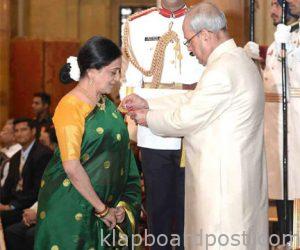
Not many from the fraternity or even media houses cared to congratulate or even acknowledge the fact that I won the Padmashri then. It was a complete surprise for me because I never knew what it meant to earn the Padmashri. I never strived for it; people lobby, chase for it I hear. I was writing the reviews of Kaabil and Raees in Hindi and English, I was too drained and occupied with my work to even pick up the phone when I heard the news. I completed the reviews, I shut the computer, I did a recording at the radio station, later did my Sunday show. By the time I switched on my phone, there were so many messages and calls that my phone crashed. My sister and I were joking about the Padmashri. I am grateful and I realised the worth of the honour at the Rashtrapati Bhavan when I felt the vibration the way the national flag was hoisted and the anthem was played in all its splendour.













